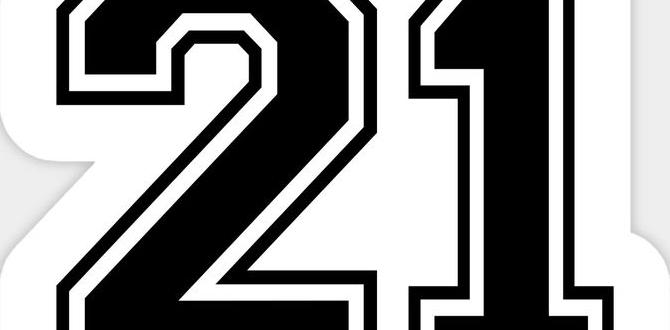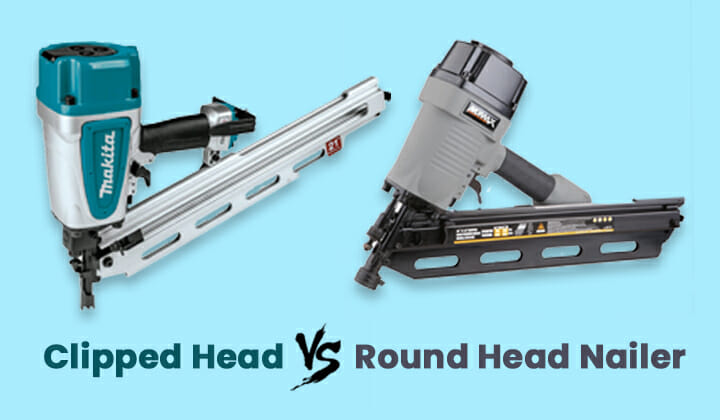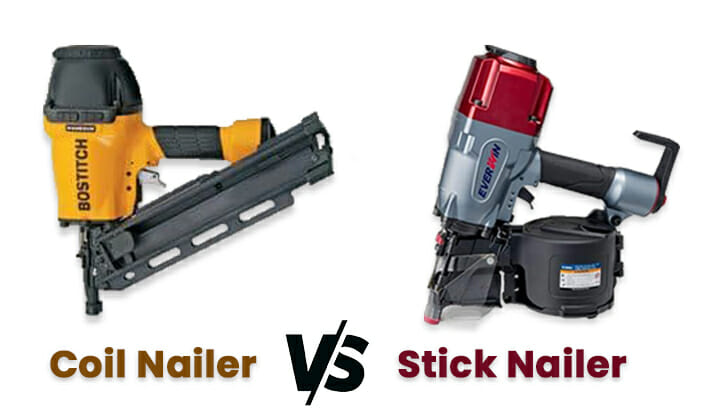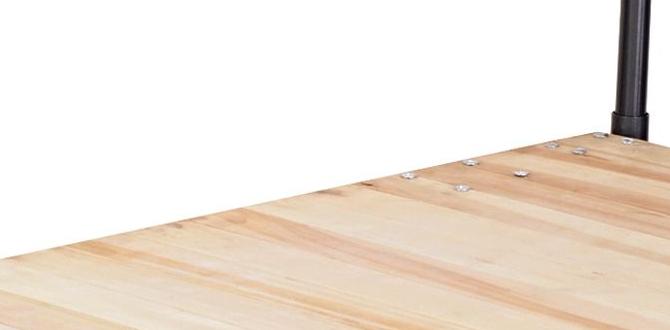A wide range of fanbases goes for clipped head framing nailers as they are comparatively lightweight than their round head counterparts. Also, some other vital features differ from others. Yet, there can be a lot of controversies about which one wins the battle. Indeed, both are seemingly great in terms of performance.
Table of Contents
Clipped Head vs Round Head Framing Nailer – Which is Better?
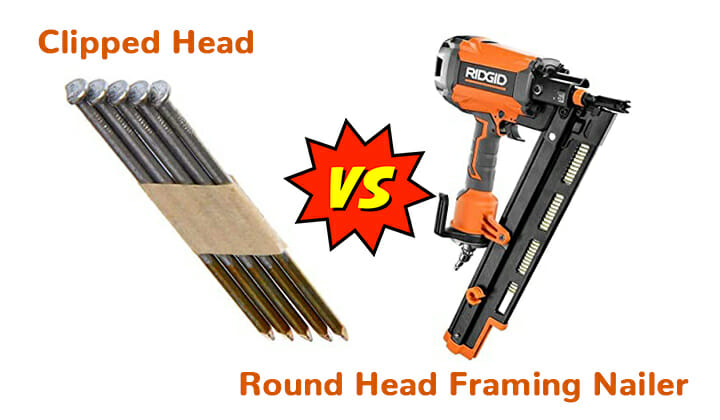
We, in the following section, will cover the individual identity of clipped and round-headed ones, and thus the controversial loop will be popped.
What are the Reasons to Buy a Clipped Head Framing Nailer
Clipped head framing nails accept the clipped nails, which have a D-shaped pin-head. For the alignment of more pins in a strip or coil, the pin-head shape is excellent. Even the magazine of the nailer can load more pins. Even though the magazine has a comparatively lower length yet, that doesn’t make a significant difference.
Light but More Pins
The clipped nailer is genuinely light-weighted than that of an RHF nailer. Specifically, thus it is very much easy to deal with. Well, some might complain about not having a tough stance while air-popping. Also, these happen to have 20-30% more pins than the round ones.
Aligned Magazine, Safe Nailing
As most clipped nails are titled and organized in 22-34 degrees, so is the clipped head framing nailer magazine. Also, these types of nailers welcome clipped nails that are banded with paper. This gives a plain, light, safer working experience.


Now, Let’s Examine the Round Head Framing Nailer / RHF Nailer
The head-to-head fighter with a clipped head nailer is a workaholic to give the round head nails a better fit. A round head nail is simply a regular nail we can think of, with a circular disc-shaped head and ends with a sharp ending shaft.
Better Grip but Conspicuous
The Roundhead nailer is comparatively heavy and thus gives a higher level of stance and grip while working. The fact is, round-headed nails occupy spaces similar to the diameter of the head, and in clipped nails, this space is reduced to a pretty grand scale.
Lesser Pin
For a better lining and even edges of the sensitive area of the shaft, these strips are also tilted, but due to the round head, these come with a lesser number of pins. However, the pins here are banded with either plastic or light gauge wires. So, when you work with them, make sure you have extra safety and harmful eyes when popping pins.


Keynotes to follow
Before looking for a nailer, you better know the proper purpose and the nails correspondingly. There are significant thumbs up for both, while some even say round head can save you from a hurricane! Well, pins can’t assure with that much surety.
- But there are some sheer facts. A clipped nail can go deep inside the wood shreds, even not keeping a trace of the pinhead. That might seem to be excellent work finishing (which is technically correct), but sometimes they pierce through the upper shred you are working with and, rather than holding it, tear it.
- While the round ones have the head not to let the whole shaft go beneath the depth, you can also visualize where you popped the pins and can do the extraction work later if needed.
- Both pins have similar holding power, and many might say what the fuss with pinheads is. Because you need to know your arena of work, and if you wish, you don’t need any trace of pins (not always omits path) after work goes for clipped else round.
- Shafts have different patterns, and those have much to do with holding power; some spiral and some plain with the usual cuts.
- Another fact is the gauge size of the shafts; the higher dimension of the gauge often does not have heads even. Also, they are not finishing pins. Lower gauged pins are the widened shafts and have more hold powers.
All these facts are more or less essential parts to take into consideration before selecting a nailer. Not that we only work on woods. The medium can be anything of choice so the selection can vary.
So, Who Wins? Clipped Head or Round Head Framing Nailer?
The base variance for the nailers would be that a clipped nailer holds 20-30 percent more pins in the magazine of the nailers due to the D shape pins. Even if you compare to loading both pins individually in a clipped nailer, you’ll load fewer round pins where you could have packed more in a round nailer. This difference is because of the nailer design.
So, who wins? It’s clearly clipped nailer, isn’t it?
21-Degree or 30-Degree Frame Nailer, Which Is Better
[aawp box=”B0032JTDPO” template=”vertical”]
30-degree nails are comparatively closer to each other, and there can be a possibility of touching the shaft ends, which can lead to a painful task. Whereas 21 angular packs are much better in terms of not having glitchy facts; soft popping.
Frequently Asked Questions
Can I use 30-degree nails in a 34-degree nailer?
This is possible indeed to air-pop 30-degree nails from a 34-degree nailer. However, it is recommended to use a 34-degree nailer in cases like this.
Can you use 22-degree nails in a 21-degree nail gun?
The fact is the market standard nailer is 21-degree, but it refers to 20-22-degree. So, you can use it. Note that 20 is larger sized than that 22 in terms of nail gauge size. Consequently, you can get benefitted having more nails in the magazine.
Can Round Pins Work in a Clipped Head Nailer?
You can clip the head nailer for round pins as well, but only if the nails are collated with paper tape. Clipped nailers only work with the collation that is banded with paper. That’s how it is regulated.
Conclusion
Clipped head nailers can comply with both clipped headpins and round ones. Also, there is some remarkable flexibility in terms of the pin gauge and the nailers. Again, the holding doesn’t vary much regarding the nailers. As per the comprehensive options and benefits, clipped head nailers seem more intriguing, and it is suggested to keep one for yourself!
